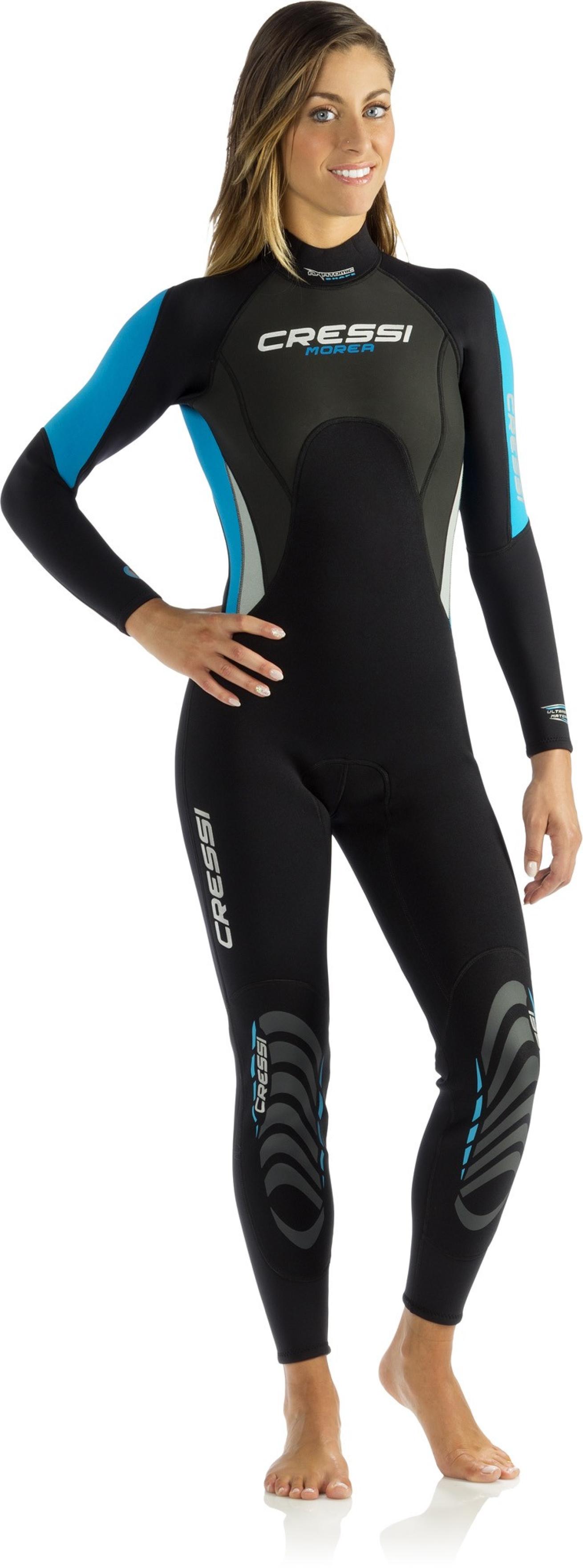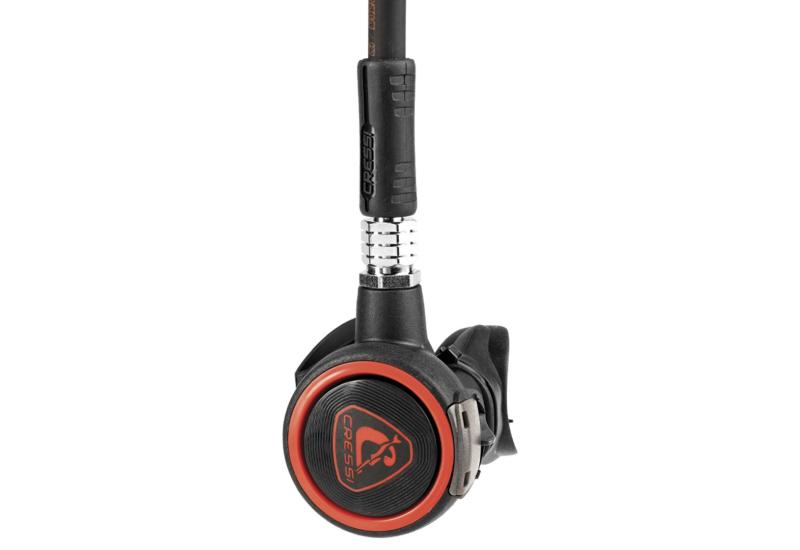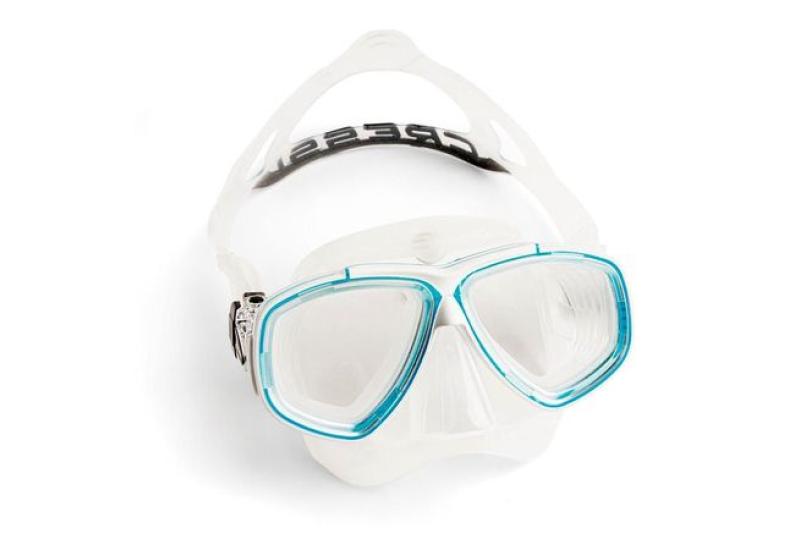5 Tips for Scuba Wetsuit Maintenance

Bonnier Corp Staff PhotographerA little TLC will go a long way in prolonging the life of your wetsuit.
Wetsuit maintenance is crucial if you want your favorite dive wetsuit to stand the test of time.
After a day of diving, try to avoid putting your wetsuit in the sun or in the trunk of a hot car. And never wash in a washing machine on a heavy-duty cycle (it is, however, OK to use your washing machine as a "tub" for soaking your wetsuit).
As soon as you can, soak your wetsuit in a tub of cold or lukewarm fresh water (hot water can cause the suit to lose some flexibility) with a mild solution of baking soda or wetsuit shampoo (never use bleach). Using a mild detergent will help prevent the neoprene from taking on an odor. Give it an occasional agitating swish like the motion of a washing machine. Soak for about 30 minutes, and then turn the suit inside out and let soak for an additional 30 minutes.
During the soak, scrub zippers and Velcro patches with a toothbrush. Work the zipper car up and down the track to break loose any dirt caught in the teeth.
Pull the wetsuit from the tub and give it a thorough rinse with a hose, inside and out.
Inspect for tears or gouges, especially along the seams. If necessary, re-sew the nylon with heavy polyester thread or repair the neoprene with wetsuit cement. Also check the zipper for broken teeth.
Turn the wetsuit inside out, and then hang it on a fat hanger (standard narrow hangers will crease the shoulders) out of direct sunlight. When dry, turn it right-side out and repeat.
Once completely dry inside and out, lubricate the zippers and store back on the fat hanger. If that’s not possible, fold it loosely on its own shelf, preferably with some crumpled newspaper or old T-shirts stuffed inside to give it some form. Make sure not to lay heavy gear on top because that will create dents and/or crush the neoprene, accelerating the loss of the suit’s insulating capabilities. Store it where the temperature is consistent.
• Not sure if your wetsuit is thick enough? Find out What You Need to Know About Neoprene Thickness vs. Water Temp.
• Find out everything you need to know about wetsuits with Wetsuits: From Head to Toe.

Courtesy CressiFor tropical diving, the 3 mm thickness of this wetsuit provides protection against cold and abrasion. Take care of it, and a wetsuit should retain its insulating qualities for a long time.
GEAR UP
When purchasing a wetsuit, look for quality in workmanship, especially in high-wear areas like the knees and the seams. Cressi's Morea suit has a high-stretch material in the arms and legs that give a diver excellent freedom of movement when diving (or swimming or any other water sport), and its wrist and ankle seals are rolled and hemmed, which limits water entry. Patches protect the knees from wear, and the neoprene in the chest panel is rubberized to block wind chill at the surface.
The Morea is also available for men.
Read ScubaLab's review of the Morea for more details.










